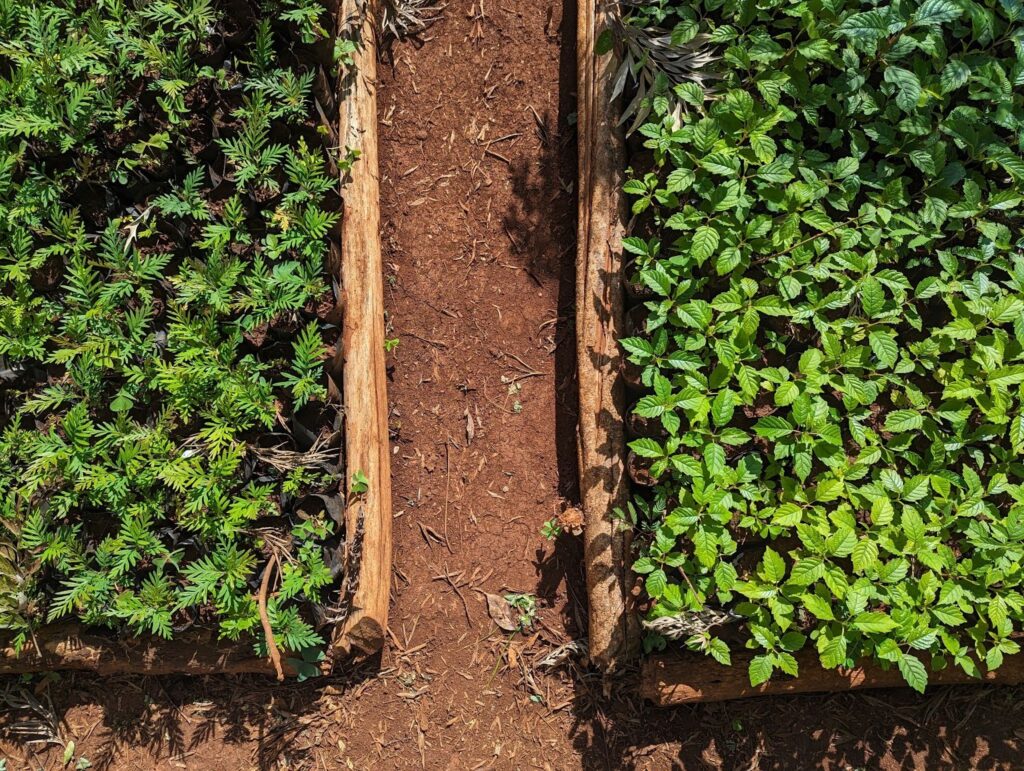The Resilient Agriculture Innovations for Nature (RAIN) Challenge aims to convert seed-level innovative agricultural ideas that are meeting resilience needs in East Africa and scale them to sustainable business ideas of interest to private investors and funders. Nine winning projects were selected as part of the first round of the challenge.
We sat down with Hamis Hincha, the Project Lead, of one of the winning initiatives CAFAESUP, to learn more about the work they are doing in Kenya and Tanzania, where they have successfully collaborated with hundreds of thousands of farmers.

Alice Muthoni
Hamis Said Hincha, CAFAESUP Project Lead, FSPN Africa.
Tell us about your project:
CAFAESUP stands for carbon farming for agricultural and environmental sustainability and profitability. The project addresses climate change by capturing greenhouse gas emissions and returning them to the soil through regenerative agriculture. By building farmers’ capacity to adopt regenerative practices and utilising AI and the Internet of Things (IoT) for carbon Monitoring, Reporting and Verification (MRV), the project aims to increase carbon sequestration, promote healthy soil and plants, and ultimately yield more nutritious food as well as earn money from selling off the carbon credits.
What is carbon sequestration?
Sequestering carbon involves retrieving greenhouse gases from the atmosphere and reintroducing them into the soil. Various factors, including human activity such as agriculture, transportation, industrial and mining activities, have contributed to the transfer of carbon from the soil to the atmosphere. Carbon sequestration can occur through natural processes, such as photosynthesis in plants and algae, where they absorb CO2 from the air and convert it into organic carbon compounds. These plants and algae then use the carbon to grow and reproduce, effectively storing the carbon in their biomass. When plants die, some of the carbon is transferred to the soil as organic matter, where it can be stored for long periods. Carbon sequestration is crucial for enhancing soil fertility, protecting ecosystems, and helping in adapting to climate change impacts.
How does regenerative agriculture sequester carbon?
Regenerative agriculture enhances carbon sequestration by employing practices that minimise soil disturbance and maintain biodiversity and organic matter accumulation through techniques that reduce the release of carbon into the atmosphere. The techniques such as minimal tillage, cover cropping, crop rotation, and composting promote carbon storage in the soil. These practices stimulate microbial activity, which helps break down organic matter and convert it into stable forms of carbon, effectively trapping it in the soil for longer periods.
The use of perennial crops and agroforestry systems further enhances carbon sequestration by increasing vegetation cover and promoting the accumulation of biomass above and below ground. Livestock integration is another component, where grazing practices mimic natural patterns, promoting grassland health and carbon sequestration in vegetation and soils. By harnessing the natural processes of ecosystems, regenerative agriculture creates a virtuous cycle where healthy soils lead to increased carbon sequestration, which in turn supports healthier plants and ecosystems, aiding in the sequestration of carbon from the atmosphere and its storage in the soil.
What are the regenerative practices you promote?
Some of the regenerative practices we promote include techniques such as crop rotation, intercropping, mulching, zero/minimum tillage, application of organic manure, discouraging the use of synthetic fertilisers, integration of livestock, and agroforestry.
Through agroforestry, we promote the planting of trees around the farms. This increases the likelihood of greater carbon sequestration, as trees sequester more carbon than conventional crops. We therefore advise farmers to adopt this approach.
How do you work with farmers?
We employ various channels to mobilise farmers. With field officers on the ground who liaise with group leaders, each group typically comprises 15-20 people. Some of our work with farmers includes conducting training sessions covering good agricultural practices, financial management, leadership, and other elements. For this project, our focus is on regenerative practices. We aim to complement what farmers are already doing while informing them of the value of adopting regenerative practices.
How can people learn more about your project?
We will be using both in-person and virtual channels to ensure the project gains the necessary visibility. In-person will involve presentations to government and other potential stakeholders, baseline surveys, conferences and physical training working closely with field officers from the communities we are working with. On the flip side, we also utilise online channels such as the FSPN website, social media platforms, blogs and emails to communicate about project activities and pass across key messages about regenerative agriculture and carbon sinking. Stay tuned.
